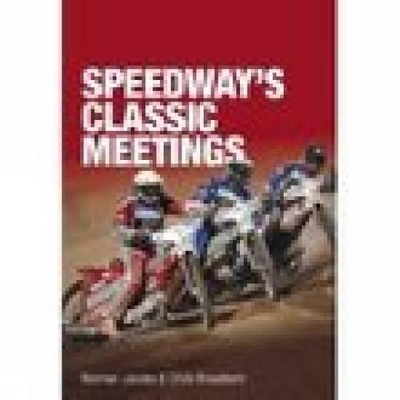The post-war era was British speedway's golden age. Ten million spectators passed through the turnstiles of a record number of tracks at the sport's peak. With league gates as high as 80,000, speedway offered a colourful means of escape from the grim austerity of the times. A determinedly clean image, with no betting and rival fans mingling on the terraces, made speedway the family night out of choice. The sport thrived despite punitive taxation and Government threats to close down the speedways as a threat to industrial productivity. A three-division National League stretched from Exeter to Edinburgh and the World Championship Final attracted a capacity audience to Wembley. Test matches against Australia provided yet another international dimension. Even at the height of its popularity, speedway was a sporting edifice built on unstable foundations. These crumbled alarmingly as the 1950s progressed and Britain's economic and social recovery brought competing attractions like television. Although many tracks, including famous venues like Wembley, fell by the wayside, the surviving clubs continued to attract large and enthusiastic crowds and the period saw the maturing careers of some of the sport's legendary stars, including Peter Craven, Ronnie Moore, Ove Fundin and Barry Briggs.
- ISBN10 075243554X
- ISBN13 9780752435541
- Publish Date 31 December 2002
- Publish Status Active
- Publish Country GB
- Imprint The History Press Ltd
- Format Paperback
- Pages 144
- Language English
- URL http://thehistorypress.co.uk/products/Bristol.aspx
